-
FREE MEMBER
NO Posting or PM's Allowed

Help with a possible No1 MkII Please.
Last edited by Red Herring; 09-25-2010 at 10:07 PM.
-
09-25-2010 08:26 PM
# ADS
Friends and Sponsors

-
Advisory Panel


Ok, I'll defer to some of the guys who have more experience with these than me, but from what I recall...
It is a Lee Metford MkII sporter, made by London Small Arms Co, (similar to the Lee Speed Patent rifles). It looks to have a BSA Metford barrel in it, but it may also be an Enfield rifled bore in a Metford profile barrel. (more info needed to decide that one...)
It was not a military contract rifle, and most likely still looks very much as it did when made. The Parker Hale Birmingham mark would probably indicate it has been re-worked at some stage there since it was made, as "Parker Hale" was not about when LSA were making commercial rifles.
It may not have had a dustcover on it, but if the bolt is matching it would have, as it still has the lugs present. The magazine could have been the shorter 5 round model, but any No1 magazine (ten round) should work.
Like I said to start with, there are a few here with great knowledge on these, so hopefully one will be along shortly to correct anything I got wrong
Last edited by Son; 09-26-2010 at 03:27 AM.
-
-
-
FREE MEMBER
NO Posting or PM's Allowed

Wow. Interesting. It is a lovely gun. The action is very nice, and the trigger is fantastic. I am glad the barrel is proven for VII ammo. I guess that means it can fire modern .303. Do I have a collector on my hands?
-
Advisory Panel


I would think that Son is pretty much on the money. If the rifle had originally been military, it would have had the Royal signet present (crown and VR, in this case) and it would be dated (1892 through to about 1895).
So we are dealing with a Commercial rifle to start with. Many of these were built for various Yeomanry and Territorial outfits, but they generally were marked as "Lee-Speed Patents" rifles. This one is more specifically marked, and so could have had a military career at one time, likely in the Second Boer War.
The BSA barrel is definitely a replacement: LSA made their own barrels and proofed their guns in London, whereas this one has Birmingham proofs. It could have the original Metford-type segmental rifling (7 grooves, left-hand, 1 turn in 10 inches, looks washed-out even when almost new) or it could have been rebarreled with an Enfield-rifled tube (left-hand, 1 turn in 10 inches but 5 grooves, very deep, lands and grooves of equal width: you can't mistake it). Original ammunition would have been the Cartridge, Small Arms, Calibre .303", Cordite, Mark II, which had a 215-grain RN bullet with a flat base, looking much like the bullet on the original .30-40 Krag but a .312" rather than a .308" diameter. You should be able to get away with using modern sporting ammunition in this rifle but be sure to save your brass; many of these rifles respond very well to long CAST bullets. You can shoot a slightly reduced load of 13 grains of Red Dot shotgun powder with a 180-gain cast bullet and your ancient barrel will last ANOTHER century.
but a .312" rather than a .308" diameter. You should be able to get away with using modern sporting ammunition in this rifle but be sure to save your brass; many of these rifles respond very well to long CAST bullets. You can shoot a slightly reduced load of 13 grains of Red Dot shotgun powder with a 180-gain cast bullet and your ancient barrel will last ANOTHER century.
Your dust cover is okay and I note that you still have the rear volley sight, which is part of what makes me think that this one could have been military at one time.
I a very interested in this rifle because I have its twin sitting in front of me as I write this. Mine is a Sparkbrook 1897 and it is a Lee-Enfield Mark I but looks so much like yours that they could be peas in a pod. My volley sights have been removed, both of them, and the action altered to remove any evidence of the rear volley sight. The thing is that my rifle also has South African military markings. The barrel is adorned with an "11.14" stamp on the Knox-form, quite deep and also bears a downgrade stamp to "E.Y." status.
So yours MIGHT have seen military service and mine DEFINITELY saw military service. But the finish is identical, also the checkering, and I am certain that this was applied by Parker-Hale. They did convert a large batch of Lee-Metford Mark IIs and early Long Lee-Enfield rifles to sporting configuration about 1920. I have this in a letter from them in regard to my sportered LM II which they rebuilt with one of their own 23-inch barrels and to which they applied their own serial number: 0019. But the finish and general look of our two rifles is very much the same, the actual wood finish and checkering could have been done by the same man (and likely was). This makes me certain that my rifle was finished at Parker-Hale, as witnessed by the stamp on your rifle.
As to a magazine, our friend Son is quite right (as he is always). Some Commercials were built with 5-round magazines, but all will fit a standard 10-round. My rifle came with a 10-round attached, so I am not complaining one bit. The magazine even was finished to match the rest of the rifle. As to a cut-off, Trade-Ex in Montreal, Canada has some in stock right now, excellent condition, packed in grease a long time ago. I just got a couple from them and they are in beautiful condition for parts nearly a century old. Ten bucks, but they don't have the special tiny screw in stock. I don't think anyone has these, but I am hoping that I'm wrong.
has some in stock right now, excellent condition, packed in grease a long time ago. I just got a couple from them and they are in beautiful condition for parts nearly a century old. Ten bucks, but they don't have the special tiny screw in stock. I don't think anyone has these, but I am hoping that I'm wrong.
You have a beautiful old chunk of history there, friend, one which you can show with considerable pride. There are just so VERY few of these left. How much did she cost? I got mine for only $150 and have spent the last year and a half smiling (a disgusting sight for a guy with no teeth!).
Congratulations on a real FIND.
.
Last edited by smellie; 09-26-2010 at 03:10 AM.
Reason: add info
-
Thank You to smellie For This Useful Post:
-
FREE MEMBER
NO Posting or PM's Allowed

Wow. Fantastic information! Thanks you so much. It really seems as though I have come across a little piece of history.
I was given the rifle by an older friend who had had it for a long time, and never used it. He found it hiding behind a wall in his house many, many moons ago.
It definitely has the enfield rifling, with very deep groves.
I am very embarrassed to report, and I deserve a good flaming for this, but I managed to break the little square slide off the cocking piece as I was dissembling the bolt last night. Pure genius on my part. So now I have two projects! Magazine, and cocking lever. 
I think this forum is going to be a fun place to hang out. God bless the internet!
-
Advisory Panel


Welcome aboard then, Red. Get comfortable and enjoy the scenery.
-
-
Legacy Member

Not expert on LSA but I would say that it was converted from an LSA Lee Metford MK.II* pattern commercial rifle made for target shooting in about 1903 - as it does not have the patent markings but has the rivet in the fore-end rather than the threaded rod.
Does it have the long tang on the buttplate and any patent markings on the bolt-head?
As it is mandatory for Americans to dsisassemble everything I assume you know the bolt cover will have to be lifted out of the groove at the back before it can be slid rearwards to remove it.
-
-
FREE MEMBER
NO Posting or PM's Allowed

Yes. I found out about the dust cover the expensive way.
The bolt head has 2 stampings. A set of crossed flags, and on the back, what looks like a backwards "7". Here's a pic of the flags.
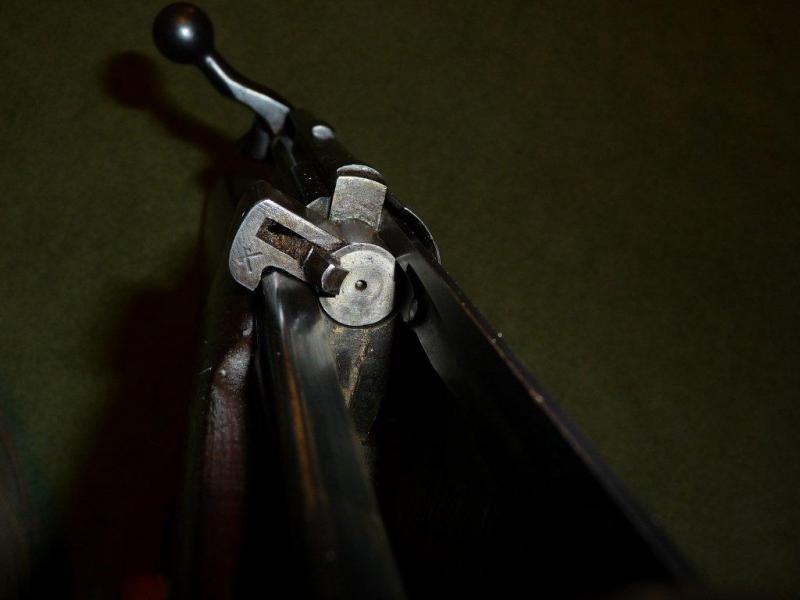
-
Advisory Panel


Crossed flags are the Proof mark; your bolt-head has been tested under either Government or Gunmakers supervision with a heavily over-pressure load.
If you are taking the old girl down, be very careful. There have been no spare parts made for this model for over a century. We are just lucky that a lot of the mechanical parts interchange with parts made until much later. BTW, the special cocking-piece with the "flag" safety only lasted until late in 1901. They are getting just a BIT on the scarce side. Come to think of it, I need a couple myself!
Good luck!
-
-
Advisory Panel


Well nice one for the first.
With all due respect to other posters, the magazine cutoff for this particular rifle is not going to be easy to find. You may well find that the screw is still in situ if you remove the forend and have a look underneath the boss at the front of the cutoff slot.
The barrel date, which may also be the rifle's date of manufacture, should be stamped in the underside of the barrel near the front of the receiver. You can check for that while it's out of the wood.
I'm not that up on the early LE's but I believe the cutoff will not fit a MkIII magazine and that may be why it was removed, either when sporterized or later. The cutoffs from Trade-ex are probably all for MkIII rifles, but you never know. Have a look at the photo and maybe send them a copy.
Which part exactly did you break off?
“There are invisible rulers who control the destinies of millions. It is not generally realized to what extent the words and actions of our most influential public men are dictated by shrewd persons operating behind the scenes.”
Edward Bernays, 1928
Much changes, much remains the same. 
-
Thank You to Surpmil For This Useful Post:















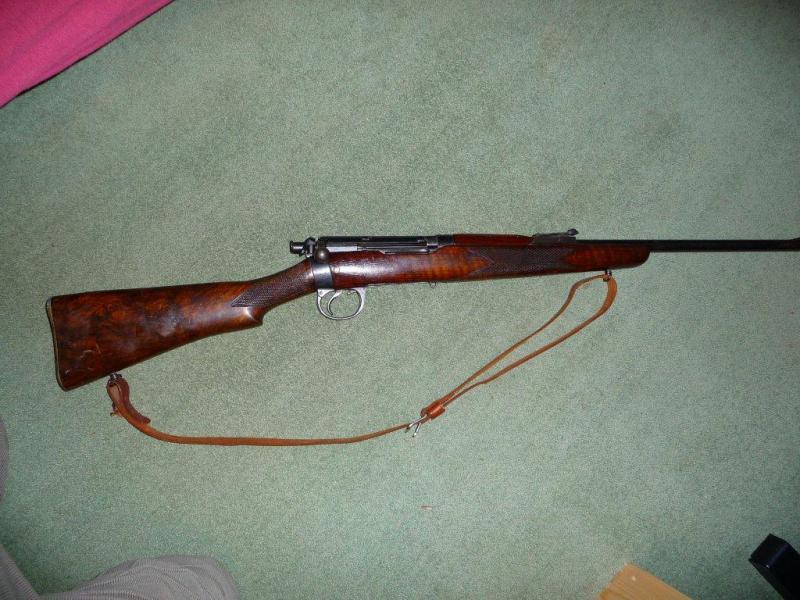
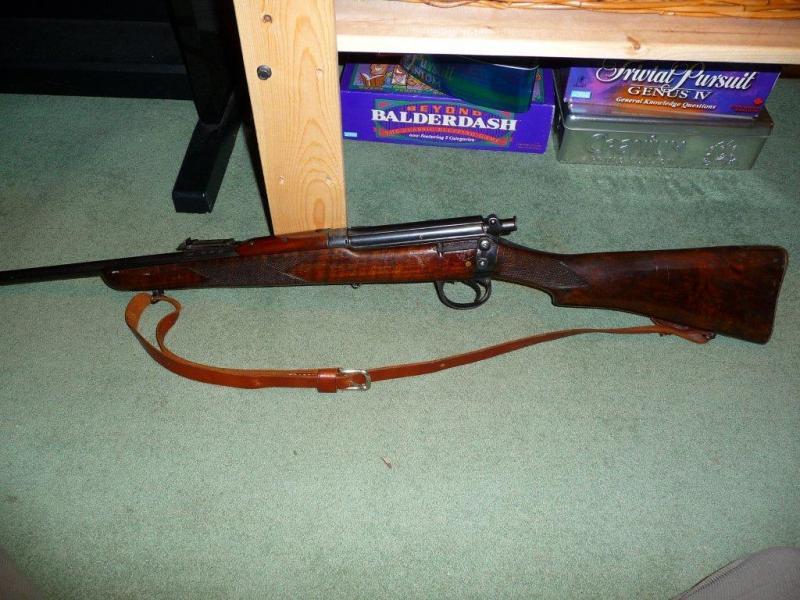
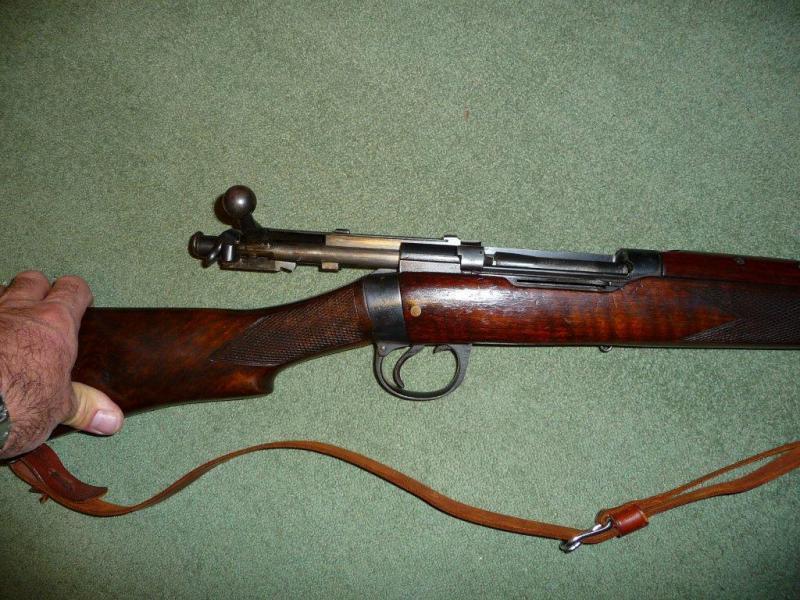
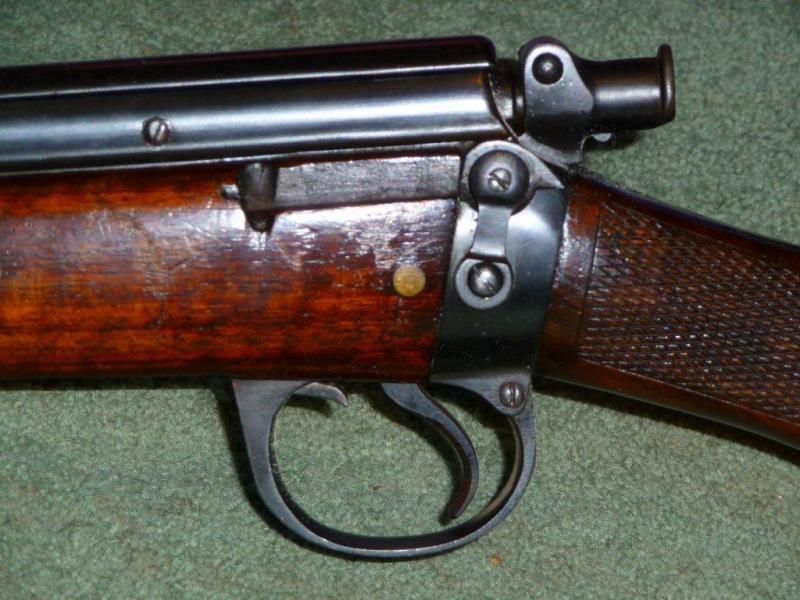
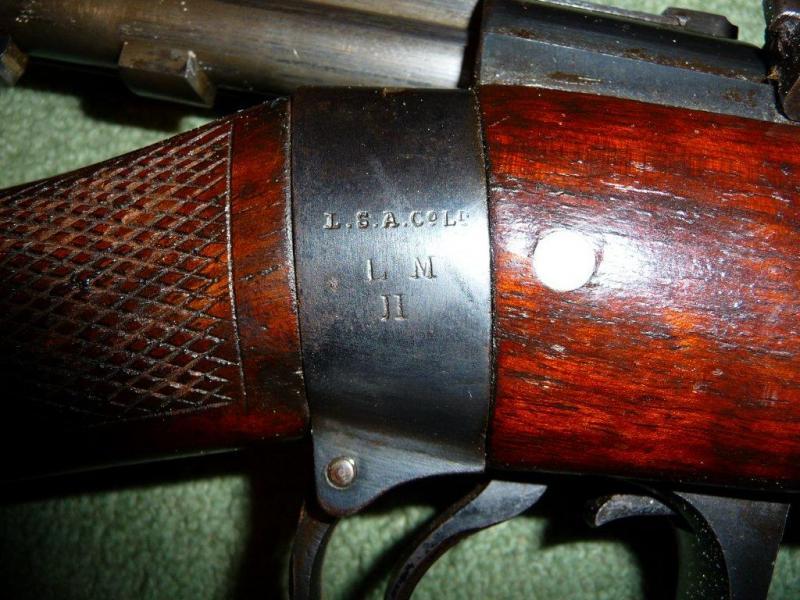
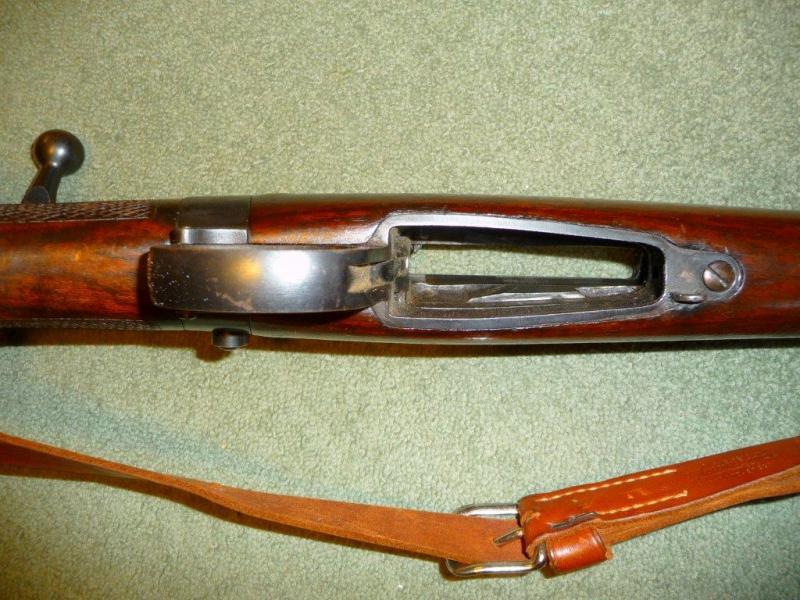
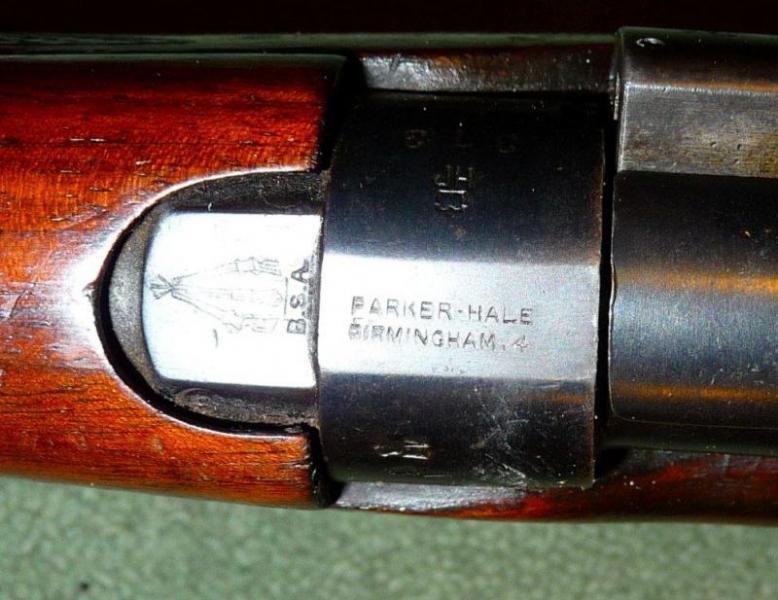
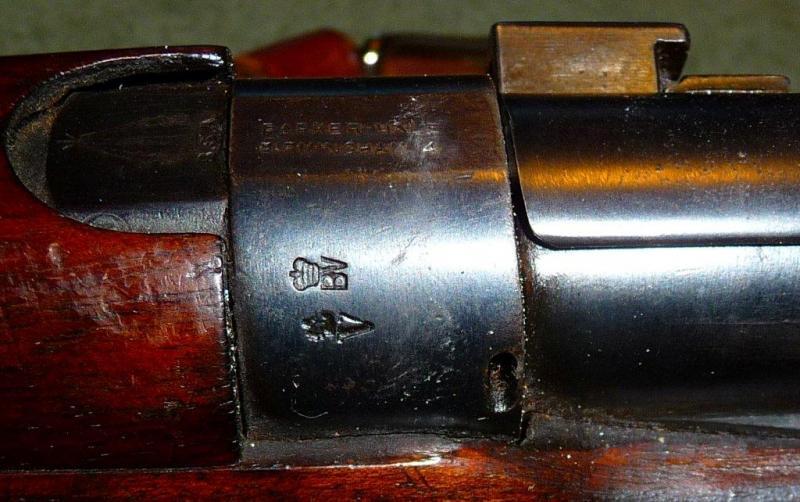
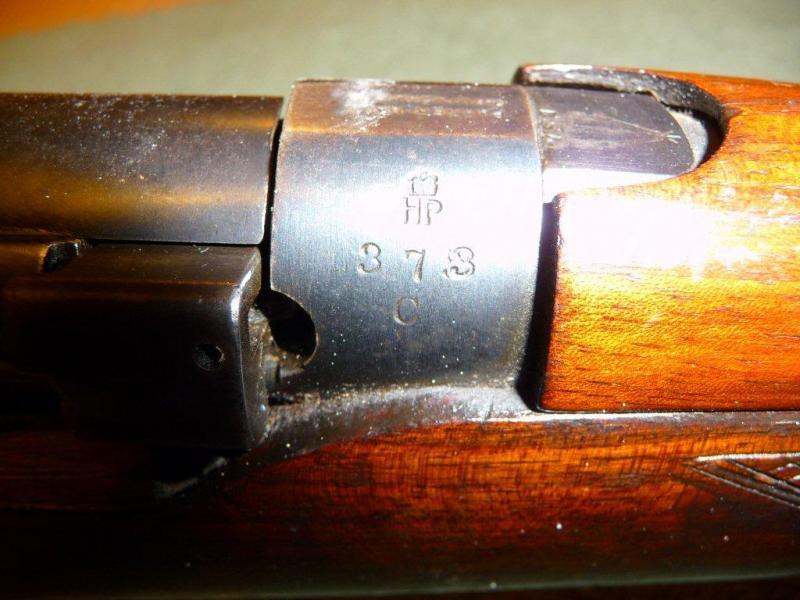
 Register To Reply
Register To Reply













